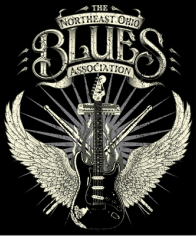· September 3rd.,1919—Charlie Booker
· September 17th.,1906—“Blind” James Campbell
· September 23rd.,1927—Joseph “Mighty Joe” Young
· September 1st.,1977—Ethel Waters
· September 18th.,1966—Will Shade, aka Son Brimmer
· September 20th.,1989—Charlie Booker

 RSS Feed
RSS Feed